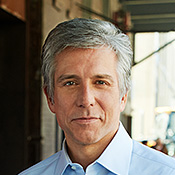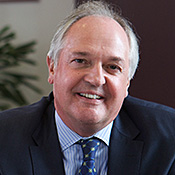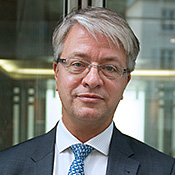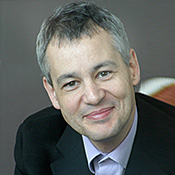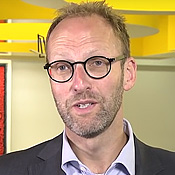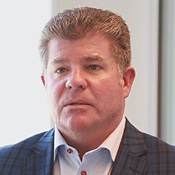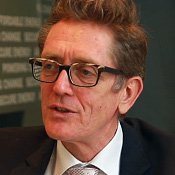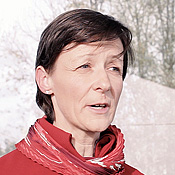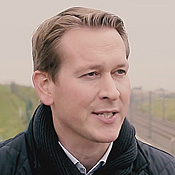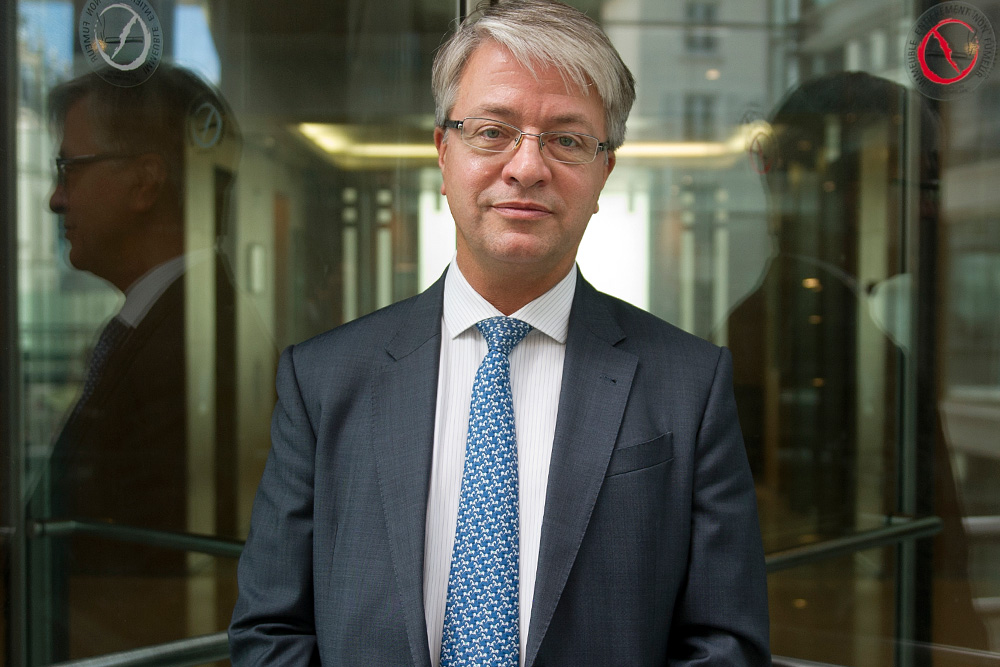
© BNP Paribas
Q: Forward looking businesses are going green, and BNP Paribas is no exception. What is your strategy to stimulate the ‘Green Economy’?
On one hand, we monitor our risks related to fossil fuels: via specific financing and investment policies, the Group’s activity in some areas is subject to respect specific energy / climate criteria based on best practices. As such, 25 coal plants (representing 159 Mt CO2 / year) have not been funded due to insufficient energy efficiency.
On the other hand, the Group develops green products and services. Apart from financing renewable energies, with a total exposition of roughly EUR 7 billion, the Group also intends to continue to reinforce its positioning on the Green Bond market where it recently innovated by launching the first green bond for the World Bank in 2014. Regarding asset management, BNP Paribas Investment Partners offers via its suit of funds a range of savings and low carbon investments and became the #1 fund manager in its class to have signed the Montreal Carbon Pledge in 2015, through which it undertakes to measure and publish the carbon footprint of all third party assets managed. In our retails markets, we offer our individual clients and SMEs expertise and products allowing them to finance their energy efficiency in housings, or giving them access to renewable energy.
As a result, the Group published the electricity mix that it finances: with 23% renewable (hydro, solar, wind) and 23% coal, this electricity mix funded by the Group is ahead the global mix (respectively 21% and 40% according to the IEA). We aim at keeping this advance in order to pave the way to the energy transition, by doubling our exposition to RE sector by 2020 with comparison to 2015 – from 6.9 to 15 billion euros, being among three main players in the Green Bond market in 2018, and significantly reducing our exposition to coal mining and power.
Q: COP21 hopes to guide economic and financial stakeholders towards redirecting their investments in order to launch the transition to low-carbon economies. Yet to what extent is climate change really becoming an issue in the world of finance?
The aim of our activity is to finance the economy on the long term. The energy transition will be a game changer: the winners will be those who have anticipated the climate constraint in their strategy. A carbon price would help to monitor the weight of that issue in the balance sheets of our clients.
We also anticipate the concrete consequences of climate change on the business model of our clients: losses in agriculture, water stress for electricity plants, lower social acceptance of high carbon energy sources, etc. We need to understand how these infrastructures that we finance on the long term will remain resilient under a climate which may disfavor their activities. As an example, it is clear that the energy mix we finance is going to significantly evolve within the next five to ten years.
Q: With total credit authorisations of nearly EUR 6.9 billion at 31 December 2014, BNP Paribas provides significant support to the renewable energy sector. How much of this investment is in wind energy?
We have financed or advised more than 106 renewable energy projects worldwide, including solar, hydro or wind, which equates to more than 12,500 MW of installed capacity at end-2014, which is equivalent to the annual consumption of more than 13 million European households. Wind energy represents roughly the third of this exposure to renewable energy sector. BNP Paribas is seizing all relevant opportunities in wind energy, a sector where 21.6 GW have been installed worldwide in the first semester of 2015 – i.e. an increase of 22% with regards to the same period last year.
Q: BNP Paribas finance many new wind farms every year, in countries as diverse as the United States, Europe, the UK, South Korea, or Ethiopia. As a forward-looking financial institution, what is the investment case for supporting wind energy projects?
The investment case for wind energy rests on three main pillars: a mature technology with a successful track-record of introducing technology evolutions, a predictable revenue stream based on regulated tariffs and prudent wind forecasts, and the increasing economic competitiveness of wind power. This latter point is central to our strategy to invest in countries where wind power constitutes a competitive source of electricity and that benefit from a supportive, fair and stable regulatory environment.
Q: Amongst the key projects BNP Paribas financed in 2014 is Gemini, a 600MW wind farm located in the North Sea – the largest project of wind turbines ever financed in the world. What were the challenges of financing this particular project and how did you minimize the risks involved?
Offshore wind remains a complex proposition that requires a high degree of due diligence. One of the main challenges faced by the Gemini project was the scale of non-recourse financing required, at circa 2.0bn€, an unprecedented amount for any offshore wind project. In order to reach that goal, Gemini combined a prudent approach to the commercial structuring and risk profile of the project with a strategy aiming at diversifying financing sources, from commercial banks and Export Credit Agencies to the EIB. Of particular note, Gemini contracted with strong and experienced counterparts for the construction of the wind park in Siemens and Van Oord. As to our contribution at BNP Paribas, we were delighted to support the project in our capacity of Documentation Bank and support Gemini in assembling all these sources of financing in a record time line to financial close.
Q: What opportunities does BNP Paribas see in the wind energy sector now and in the future?
We are seeing new opportunities opening up on the back of our long-standing commitment to the wind sector. For instance, we see a lot of activity triggered by our corporate clients in the utility sector looking to recycle capital through refinancing, partnerships or divestments of operational, de-risked assets which fits with the investment strategy of our institutional client base that is looking for investments in assets exhibiting long-term and predictable cash flows. The capital structures will continue to evolve to reflect increasing maturity of the sector and this will play to the strengths of a bank like BNP Paribas who can provide cutting-edge advisory services thanks to its strong sector focus as well as tailor-made financing solutions thanks to its wide access to debt and capital markets.

